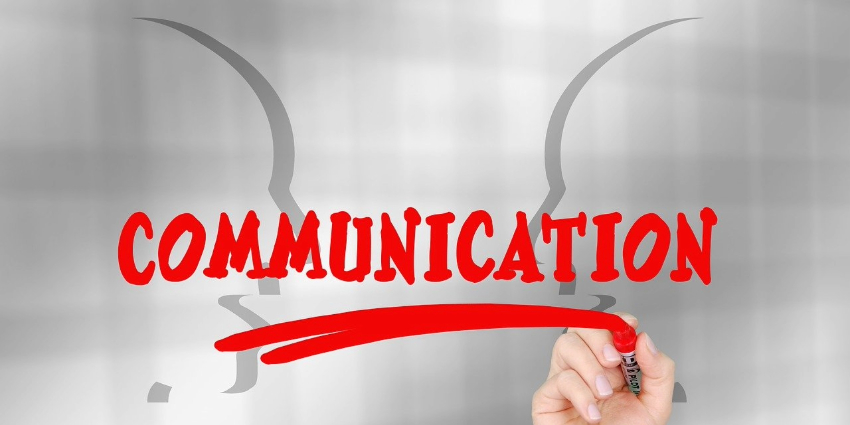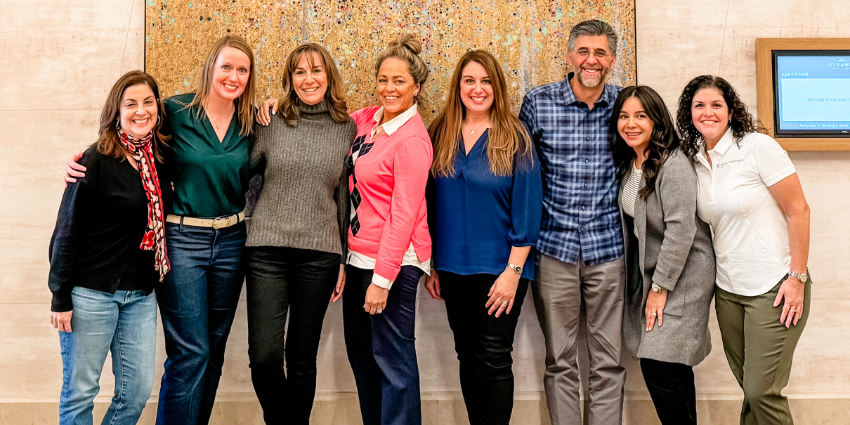I honestly can’t believe we have come upon December so quickly. As a child, the year felt endless and waiting for the holidays felt like it took forever to come around again. Yet as an adult, it seems like we can barely breathe through this time of year, and then suddenly we’re in July. In one more blink, we’re back in December. (At least that’s how the years seem to be playing out for me.)
And while we’re focusing on holidays, year-end events, spiced beverages of all sorts, end-of-year metrics, final P&Ls, bonuses, etc.., etc…, etc…, December is a great time to think about setting ourselves up for success in the coming year. It is a time for reflection on what we did well, what we could have done better, and what we want to do in the future. December is also a time to tweak our current patterns so we can optimize our success with what we may already be doing.
My first guess is that most of you conduct regular One-on-One meetings with your direct reports and team members and have these same meetings with your bosses as well. My second guess is that many of these meetings have deteriorated into one or more of the following:
- Standing calendar planners that either get moved around consistently or are often just canceled outright
- A download of project updates that essentially could be a spreadsheet or an email update at best
- A gripe session with very few actionable steps to move much of anything forward
- A meeting where the boss (and that may be you, by the way) hogs the time speaking about their own initiatives or agenda and the attendee contributes very little if at all
- A session that leaves people with more to-dos and projects than they originally came into the meeting to discuss
If any of the above sounds familiar or you think you might be guilty of a few of these yourself, here are
3 Useful Tips to Improve Your One-On-One Meetings!
1. Ensure your One-on-Ones are ATTENDEE (or EMPLOYEE) DRIVEN
- As the leader, you are there to support the people you lead. They are not necessarily there for you. These meetings should be focused on their development; don’t let your pressing issues distract you from their time. Those issues will always be there; if your team doesn’t feel you value their time and their development, those issues may end up outlasting your team members.
2. Ensure your One-on-Ones are FOCUSED with an ADVANCED ENTRY
- Prepare by sending an email before the meeting that enables focus, such as: “I plan on asking this question during our one-on-one…”
- What’s on your agenda for our meeting?
- What area of personal development would you like to focus on and how do you think I might be able to help?
- What would you like to take away from our upcoming meeting?
- What would make this a great meeting for you?
3. Keep it Professional AND PERSONAL
- Personal is almost better than professional when it comes to building and fostering connections. We know people like to work with and do business with people they know, like, and trust. Get to know your people. Ask them what they did over the weekend. What is going on with their kids? Share a story about yourself that humanizes you as a person, not just a leader.
Constant tweaks to patterned processes create continuous improvement.
If you can answer two questions after your One-on-One meetings, you know you are moving in the right direction:
1. How did my team member develop today and how did I contribute?
2. How did my team member move closer toward achieving peak performance and how did I contribute?













